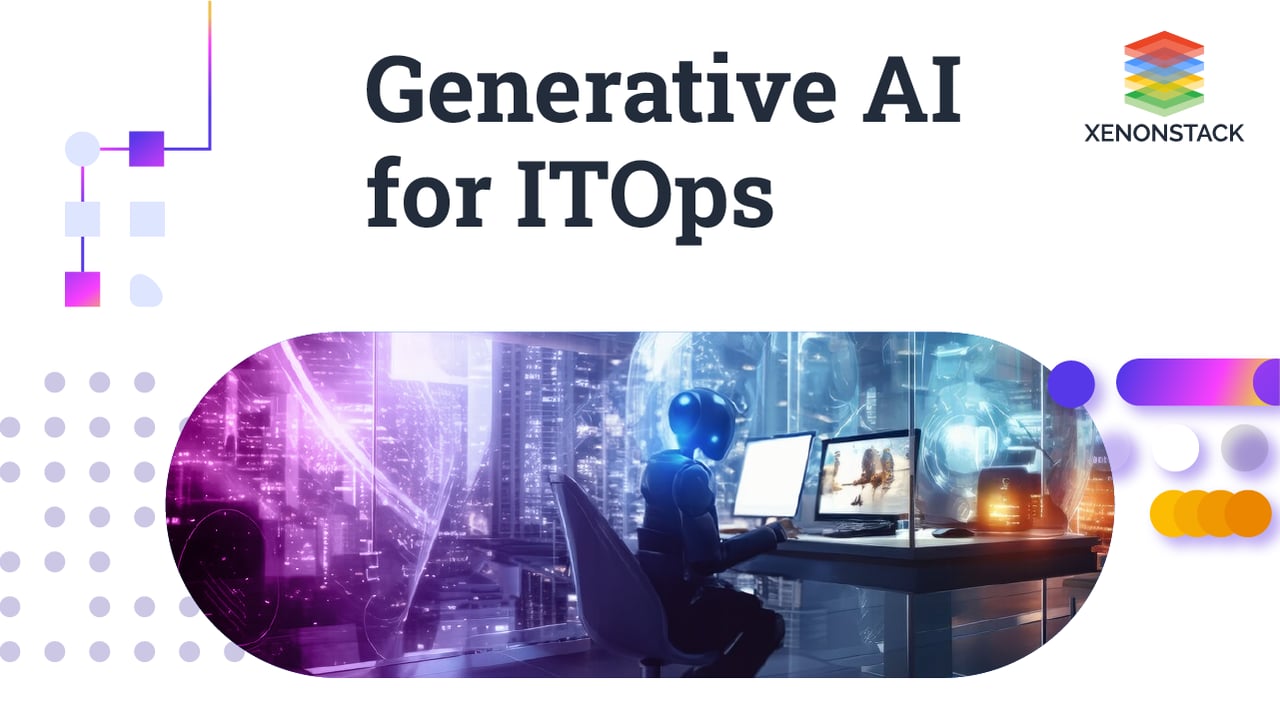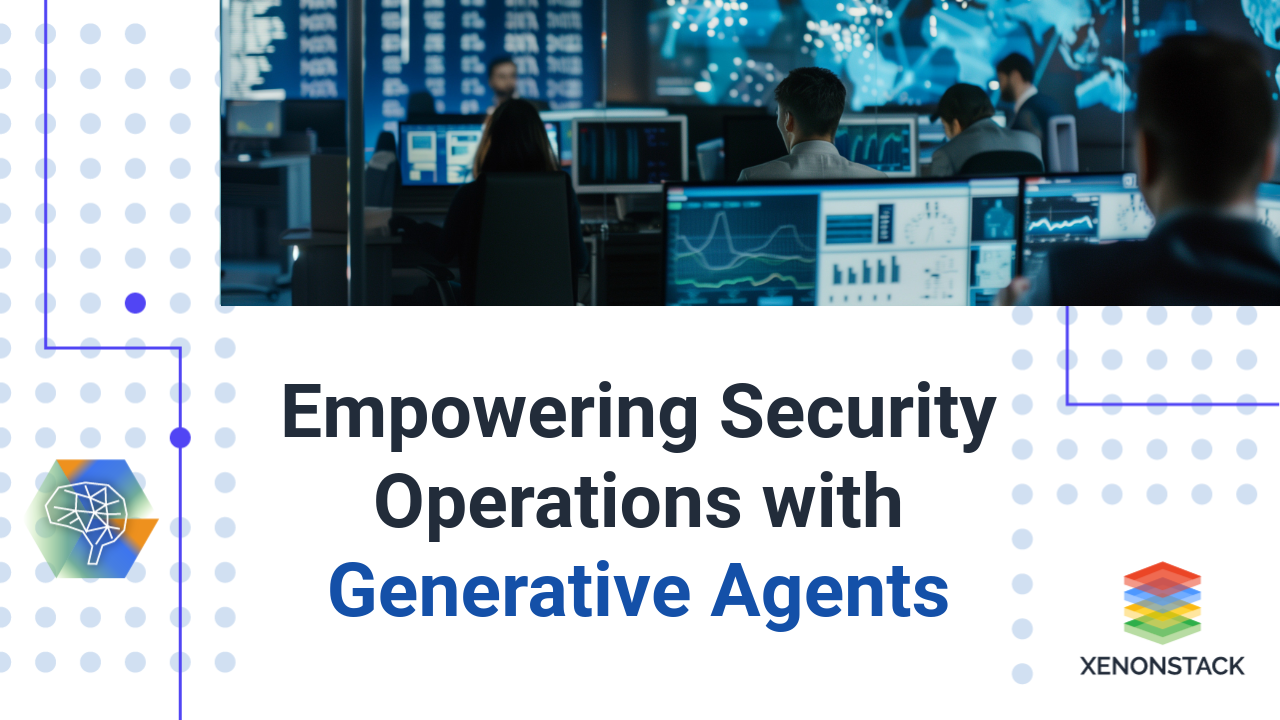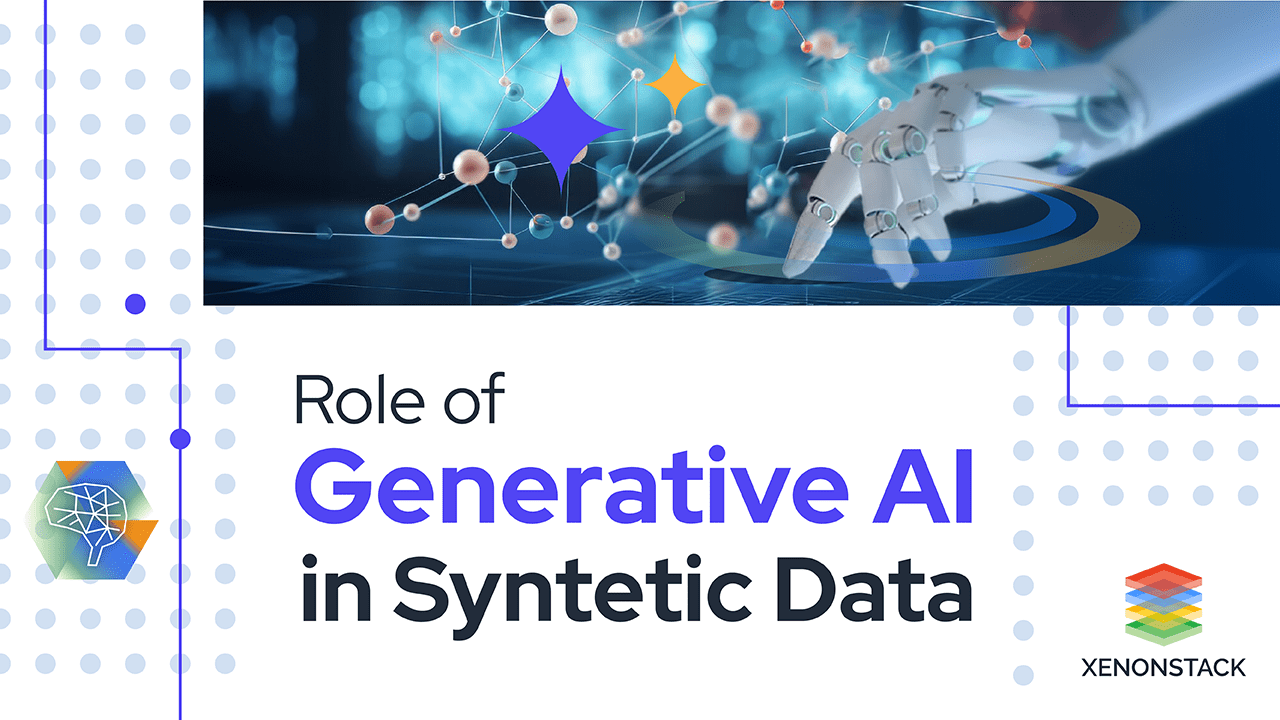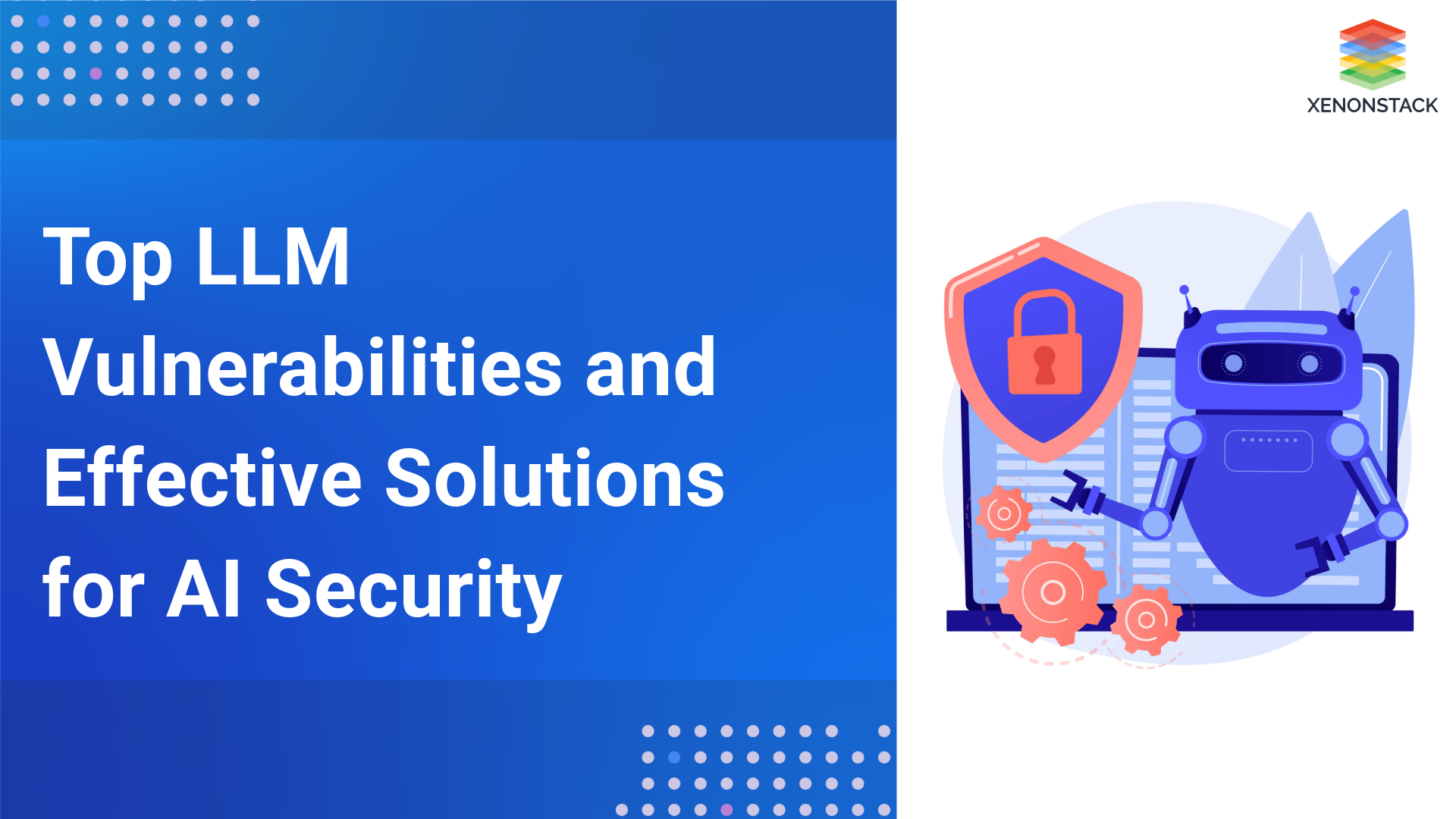Introduction
In the ever-changing world of information technology operations (ITOps), companies are always looking for new ways to improve productivity, minimize downtime, and solve problems in a proactive manner. One such innovative technology that is shaking things up in the ITOps world with Generative AI. In this blog, we’ll look at Generative AI and how it’s changing the way organizations run their IT infrastructure. Generative AI, which is based on cutting-edge technologies like NLP and deep learning, brings a whole new level of innovation to ITOps.
Understanding Generative AI for ITOps
Generative AI in ITOps refers to the application of artificial intelligence (AI) techniques, particularly those associated with generative models, to enhance various aspects of Information Technology Operations.
-
Generative AI Basics: This is the practice of training models to generate new data that aligns with a set of data. Within ITOps, this can be applied to a variety of data types, such as log data, incident reporting, and even solutions to common IT issues.
-
Automation of Routine Tasks: Generative can be used to automate common processes in ITOps, like creating standard incident responses, classifying and prioritizing problems, and even anticipating potential issues before they happen.
-
Enhanced Incident Response: Generative AI helps ITOps teams understand and create incident responses, reducing manual intervention, accelerating response times and streamlining communication.
-
Data Privacy and Security Considerations: As with all AI applications, data security and privacy are a top priority for ITOps teams. They must carefully manage sensitive information and take steps to protect against vulnerabilities related to Generative AI.
Overview of Generative AI
Generative AI, also known as machine learning or deep learning, is a branch of AI that specializes in constructing models that can create synthetic data that mimics a dataset. Unlike a conventional AI model that can predict a label or a category, a generative model is focused on understanding the data structure and building new examples based on that knowledge.
Generative models fall into two main categories:
1. Probabilistic Models: These models process the input data according to the probability distribution and create new samples according to that distribution.
2. Autoencoder Models: These models encode input data into a latent space and decode it to generate new, similar samples.
Generative AI is used in a variety of industries. It enables creativity, augments data, and creates synthetic yet real content. Generative models are constantly evolving as technology progresses. As a result, they open new opportunities and applications in various industries.
Importance of Automation in ITOps
The importance of automation in information technology operations (ITOps) lies in its ability to transform efficiency, agility and overall performance.
-
Efficiency and Speed: Automation eliminates repetitive and inefficient workflows, freeing up ITOps teams’ time to execute processes faster. This speed of response is essential for incident response, rolling out updates, and optimizing system performance.
-
Faster Incident Response: Incident detection, analysis and resolution significantly reduces the amount of time needed to resolve problems. Automated solutions for routine incidents can be implemented quickly, avoiding disruption and reducing downtime.
-
Resource Optimization: By automatically adapting to changing workloads, automation enables you to allocate resources more efficiently, avoiding over-or under-provisioning of computing resources.
-
24/7 Operations: Automated processes can operate around the clock without the need for human intervention. This continuous operation ensures that IT systems are monitored, maintained, and responsive always, even during non-business hours.
Challenges and Considerations
Data Quality and Privacy concerns
-
Challenge: Generative models may contain sensitive information. Ensuring data privacy and protecting against adversarial attacks is paramount.
-
Consideration: Implement robust encryption protocols, access controls, and anonymization techniques. Follow data privacy guidelines and conduct comprehensive security audits.
Integration with Existing ITOps Processes
-
Challenge: Integrating generative AI seamlessly into existing ITOps workflows can be complex, requiring careful planning and coordination.
-
Consideration: Make interoperability and compatibility a priority. Create clear guidelines for integrating Generative AI outputs into current monitoring, incident response and decision-making systems.
Continuous Monitoring and Evaluation
-
Challenge: Generative models may not perform as expected over time or may exhibit unexpected behavior.
-
Consideration: Set up a reliable monitoring system to evaluate model performance on a regular basis. Set up mechanisms to retrain models with new data to maintain consistent model performance.
Quality and Relevance of Generated Data
-
Challenge: Generative AI is based on training data. However, if your training data is inadequate or biased, your generated results may not be relevant or accurate.
-
Consideration: Deliver multiple and diverse training datasets. Upgrade training data regularly to keep up with evolving trends in IT operations.
Use Cases of Generative AI in ITOps
Generative AI can be applied to various use cases in ITOps. Here are some use cases of how generative AI can be used:
-
Automated Incident Response: Generative AI, and NLP models in particular, can look back at incident reports from the past, learn from past solutions, and automatically come up with answers to common problems. Not only does this speed up incident resolution, but it also provides a consistent and standardized way to solve problems.
-
Log Analysis and Anamoly Detection: AI models can learn the natural behaviours and patterns of IT systems by examining vast amounts of data, including system records, network traffic, and performance metrics. These models can then detect anomalies or deviations from normal, which can be indicative of a security breach, hardware failure, or software issue. With the help of AI and anomaly detection algorithms, these logs can be analysed and anomalies can be detected.
-
Automate Knowledge Base Generation: It analyses existing data, documentation and expert knowledge to build and manage a complete knowledge base. The knowledge base is constantly updated with the most up-to-date information, giving IT professionals easy access to the right documentation and resources. The AI system can create documentation and FAQs for new systems or processes when they are introduced. It can also help onboard new systems or processes and provide training. This reduces the number of supports tickets and allows IT teams to concentrate on more important and important tasks.
-
Predictive Maintenance: Generative AI models can use historical data and patterns to predict when hardware parts or systems will fail. Artificial intelligence (AI) models, such as RNNs or LSTMs (long-term memory networks), can look at time-series data collected from equipment logs. This allows for proactive maintenance and replacements, minimizing downtime and impacting operations.
Future Trends in Generative AI for ITOps
Generative AI is set to revolutionize the way ITOps works, bringing cutting-edge capabilities and solving ever-changing problems. Here are some of the trends that will shape the future for ITOps:
-
Ethical and Responsible AI in ITOps: As generative AI continues to gain traction in the ITOps space, there will continue to be an increasing focus on ethical and Responsible use of AI. Organizations will need to address concerns related to bias, fairness, privacy, and security in the context of generative AI. Future trends may include the development of frameworks, Guidelines, and Regulations to ensure Ethical Practices in Generative AI For ITOps.
-
Hybrid Models for Improved Performance: Generative models will increasingly be combined with other AI technologies, including reinforcement learning and rule-based models. The goal of this hybrid model approach is to leverage the power of both models to deliver better results in ITOps environments.
-
Integration with IoT and Edge Computing: As IoT and edge computing penetration increases, generic AI models will be deployed closer to data sources, allowing for real-time insights and decision-making. This integration improves anomaly detection, problem resolution, and predictive maintenance.
Conclusion
In conclusion, Generative AI can automate tasks, improve decision-making, improve system performance, and help IT teams to troubleshoot issues faster and reduce downtime. Generative AI models can effectively detect anomalies by learning normal patterns and behaviors, allowing for early identification of potential security breaches, hardware failures, or software issues. They can also assist IT teams in troubleshooting by analyzing historical data and providing recommendations for issue resolution, leading to faster problem resolution and reduced downtime.
In addition, generative AI allows for predictive maintenance by using historical data to anticipate hardware or system failure. This allows for proactive maintenance and minimizes downtime. Generative AI can revolutionize ITOps by streamlining processes, increasing productivity, and allowing for proactive and intelligent decisions. With the help of generative AI, organizations can improve system reliability, increase resource efficiency, and deliver more efficient IT services.





